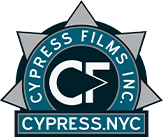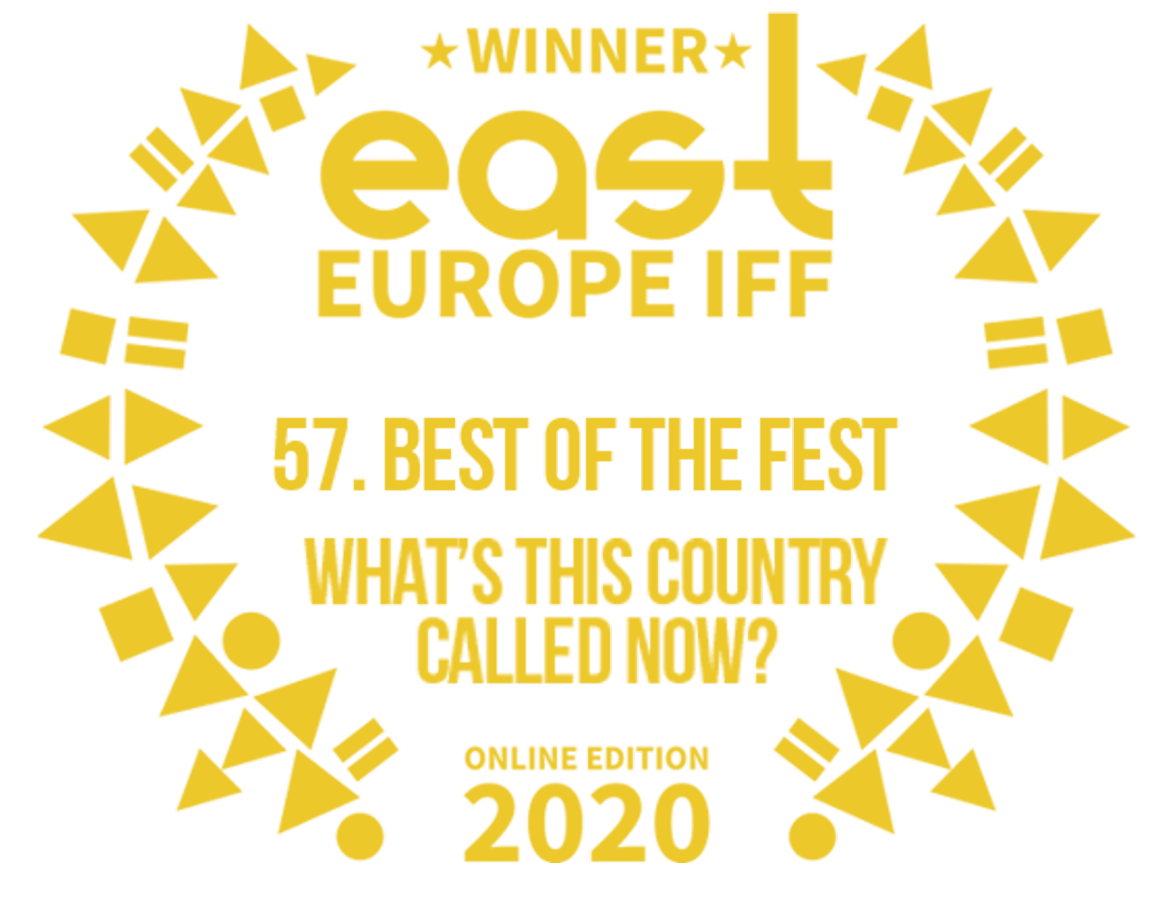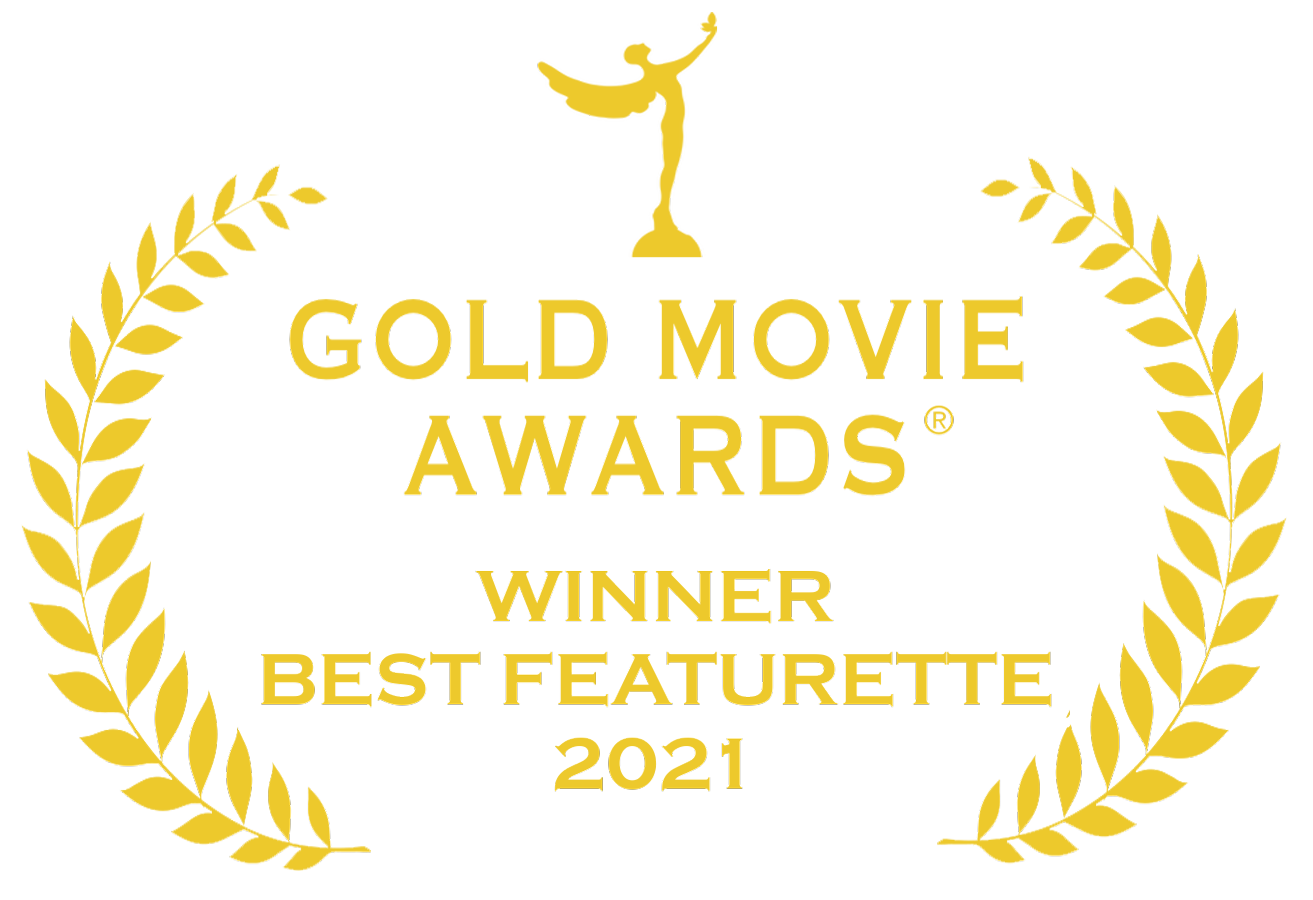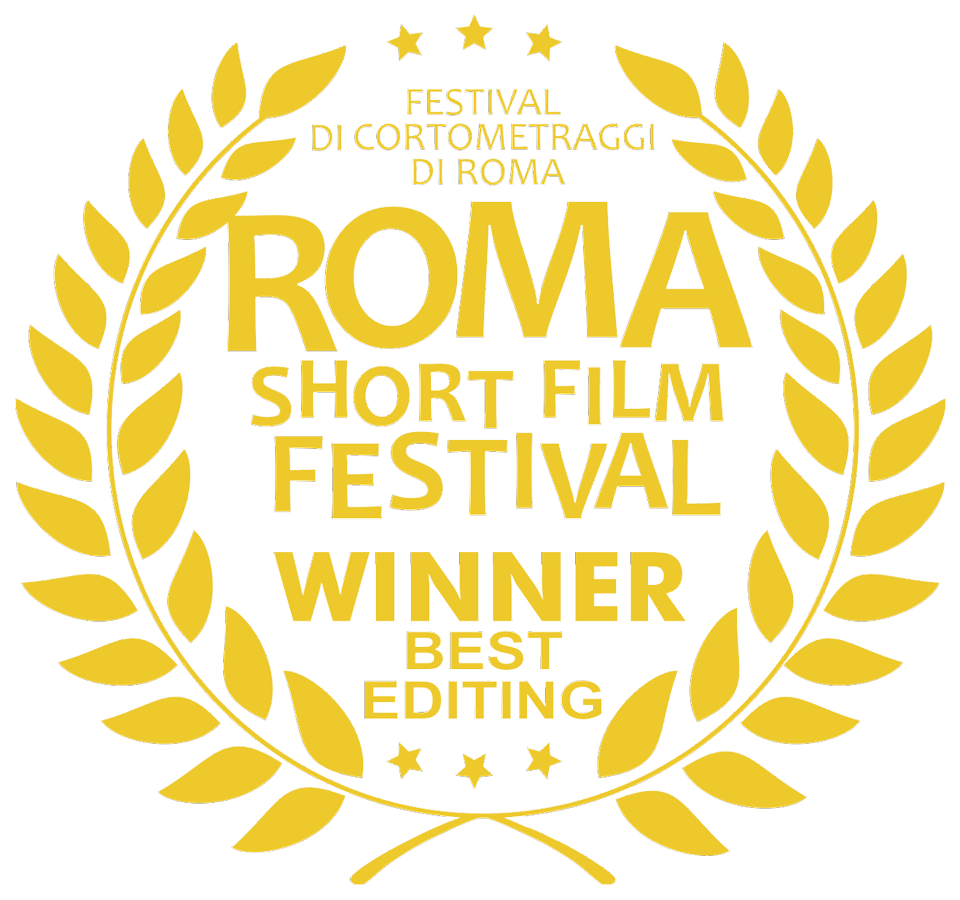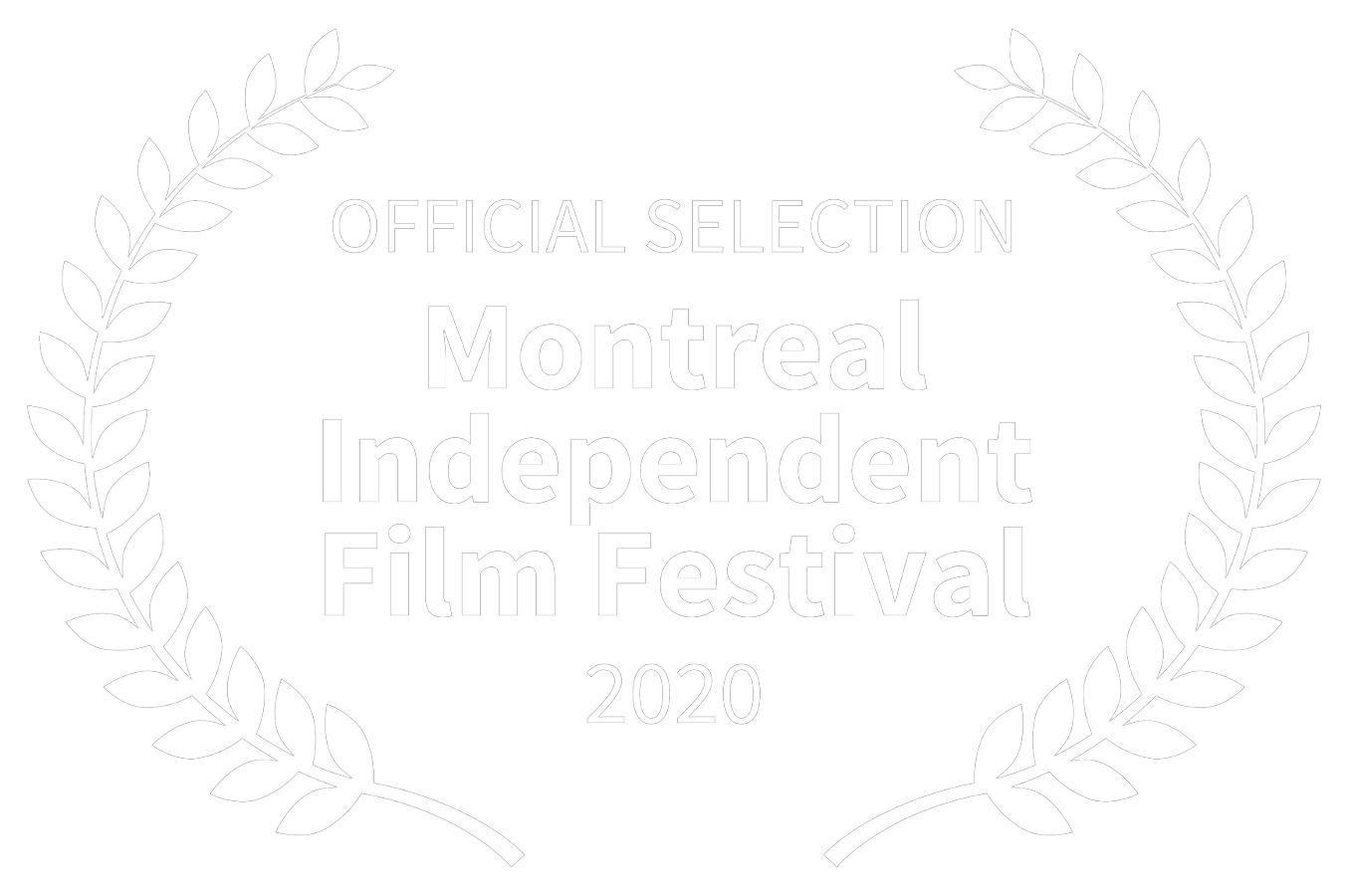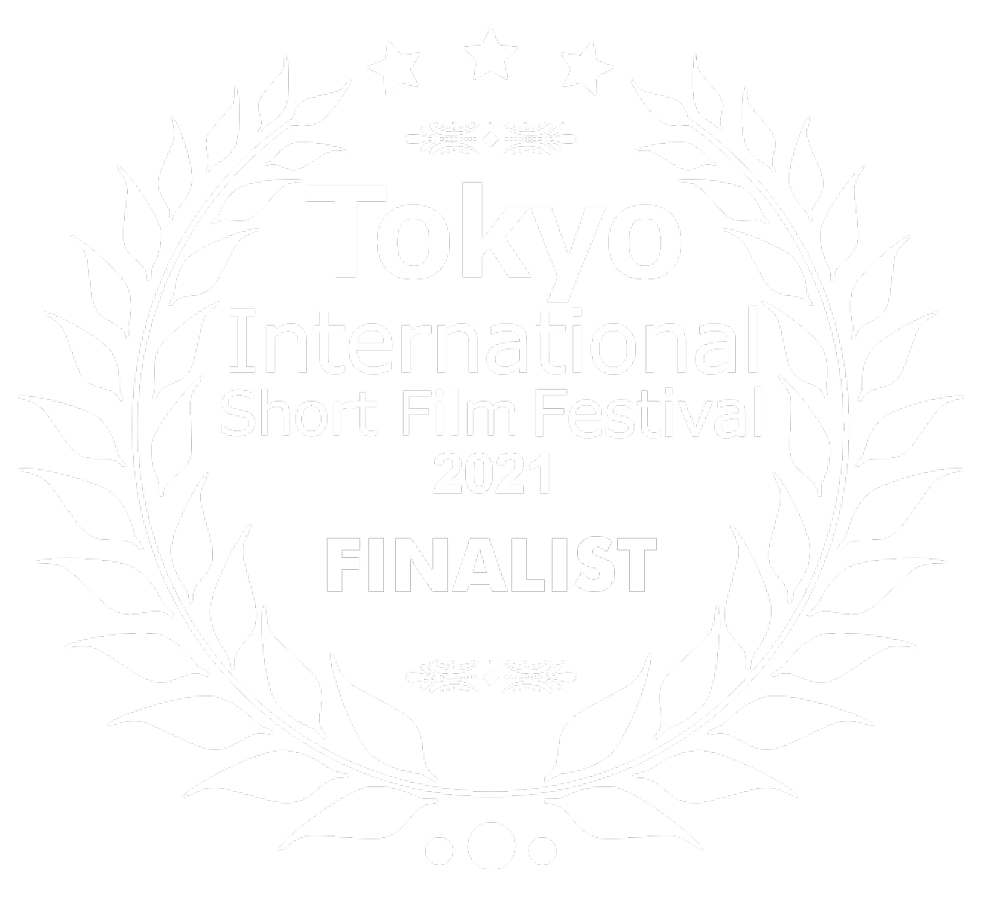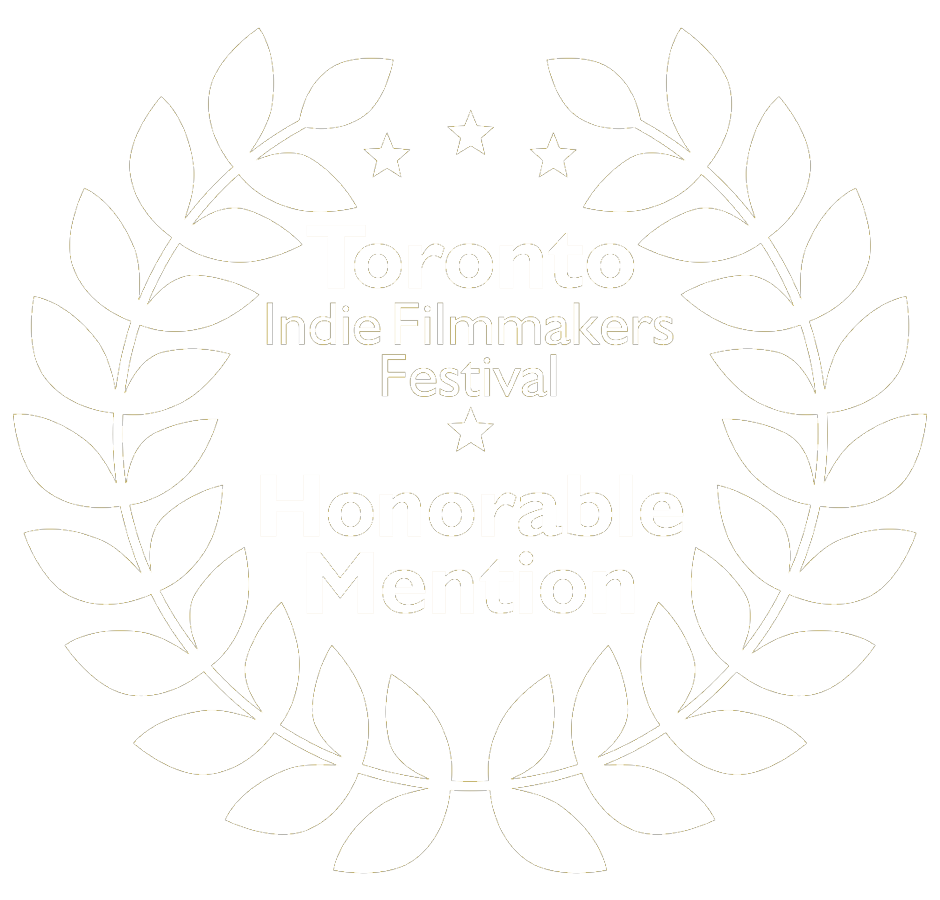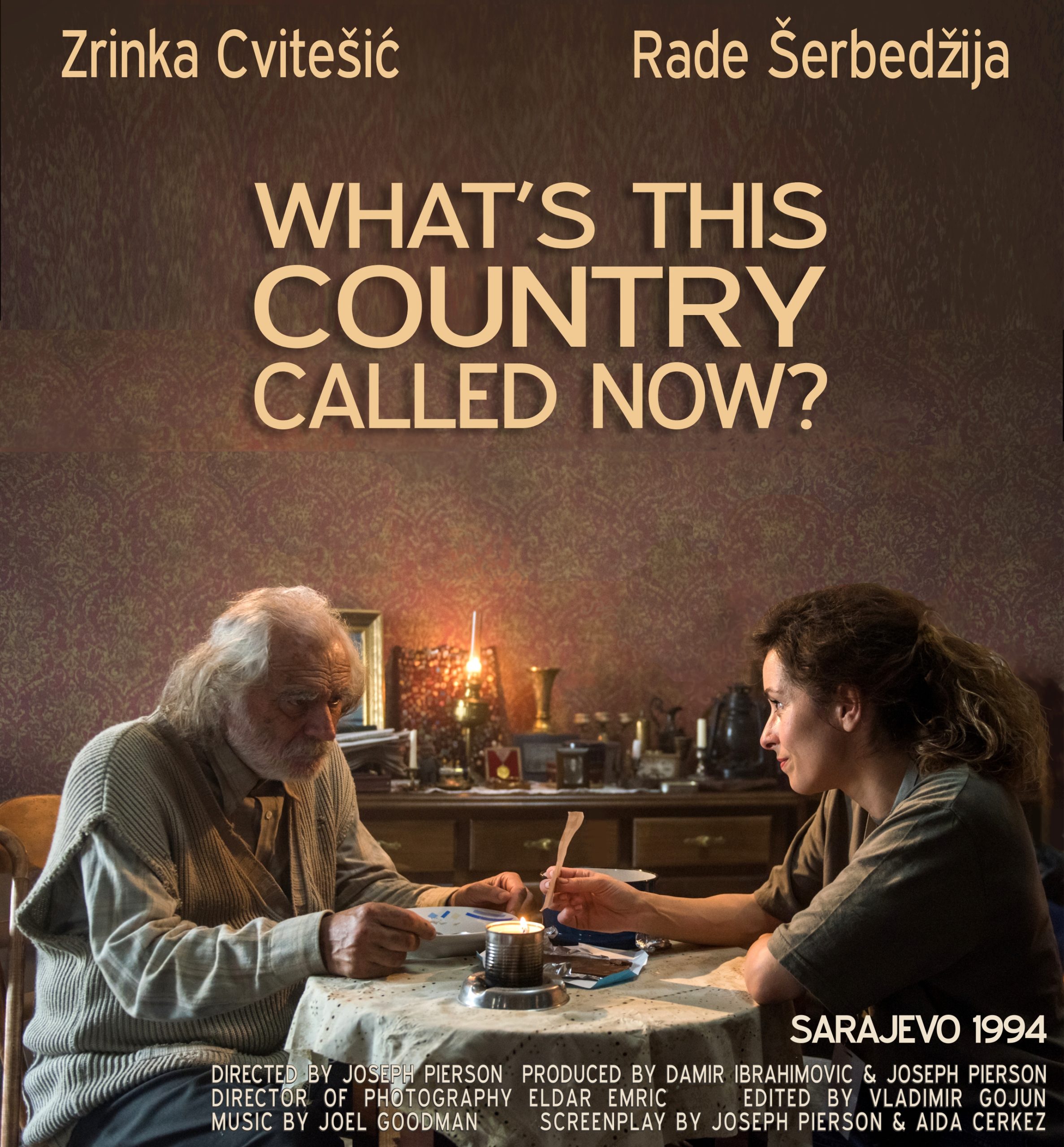The Siege of Sarajevo was the longest siege of a capital city in the history of modern warfare. Sarajevo, the capital of Bosnia and Herzegovina, was besieged by the Army of Republika Srpska from 5 April 1992 to 29 February 1996 (1,425 days) during the Bosnian War. A total of 13,952 people were killed in Sarajevo during the siege, and not a single day passed without literally hundreds of shells raining down on the city.
“What’s This Country Called Now?” is based on the experiences of Aida Cerkez (Zrinka Cvitešić), who lived in Sarajevo with her infant son and mother. Aida remained in Sarajevo during the Siege, working as a reporter for the Associated Press. She spent four years with no electricity, limited access to food, water, and with few of the basic services needed for survival. Throughout the Siege, residents of Sarajevo endured incessant bombing and the constant fear of sniper fire.
In June of 1994, as the 80th anniversary of the assassination of the Archduke Franz Ferdinand approached, Aida had the idea to find a living witness to that pivotal event in world history, and also get his or her perspective on living through this new conflict. She eventually found Ismet Tabaković (Rade Šerbedžija), a 90-year-old man, who was ten years old and on a school outing to see the Archduke on that fateful day in 1914. He witnessed the assassination that triggered the first World War, and continued to live in Sarajevo throughout the many years of conflict that followed.
The story Ismet tells begins with his memories of seeing the Archduke getting shot, but takes an unexpected turn when he asks (more than two years into the Siege), “So, who’s fighting now?”
The conversation that follows gives Aida, and us, a new perspective on the legacy of conflict in the Western Balkans. In his 90 years, Ismet experienced a great deal of that conflict first-hand, and was a citizen of five different countries without ever leaving the city of Sarajevo.
Aida’s story is told through the lens of a reporter’s incisive vision, and keen eye for the heartbreaking moments of life during wartime. In turn, Ismet weaves his memories into a tapestry with a unique perspective on the long history of Sarajevo as a pivotal place in world history. Aida leaves Ismet with a deeper understanding of the war, and the importance of her role in it.
